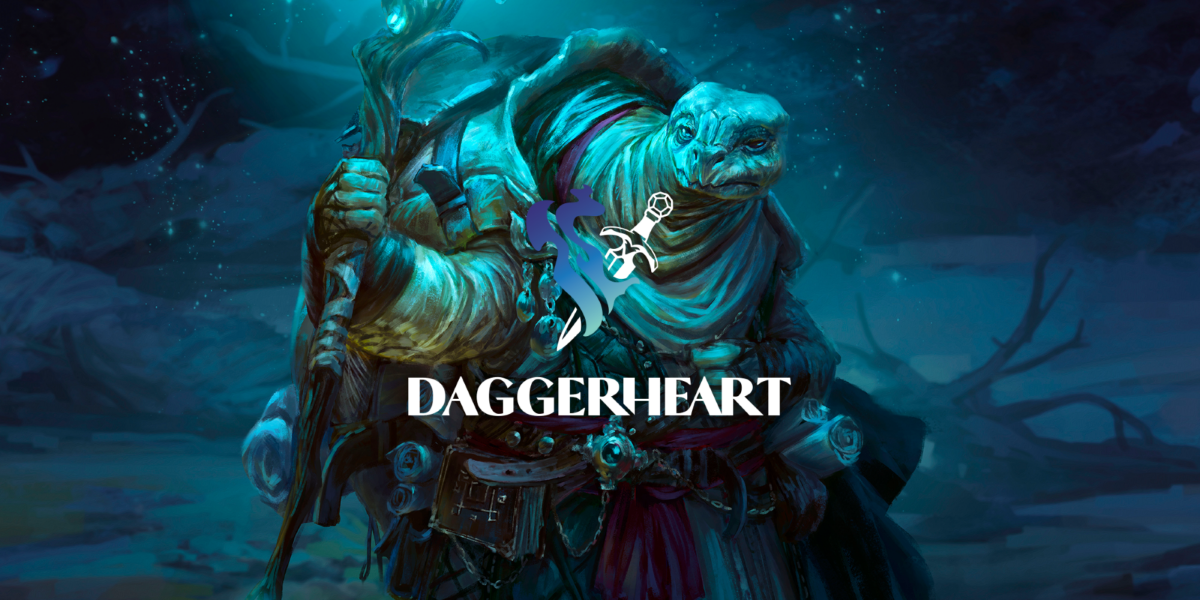Critical Role pushed TTRPG live play shows into the mainstream, and now the group is releasing several games of its very own.
Daggerheart is a TTRPG designed for players to be able to explore entire worlds and invent their own lengthy stories. It’s full of customization options that let you make your game unique, and the basic rules are easy to comprehend and are designed to make combat, role-playing, and exploration flow seamlessly into each other. It’s already got fans who can’t wait for the full release in 2025, but there’s so much of the game that you can already jump into today.

When does Daggerheart come out?
The official release of Daggerheart won’t happen for at least a year. The game is currently scheduled to debut sometime in 2025, but as things stand right now, we aren’t sure when.
That’s the bad news, but the good news is that there’s a version of Daggerheart that’s actually playable right now. The game is in a sort of early-access phase, and though the rulebook isn’t entirely finished, you can access what is ready on Daggerheart’s website. The team behind the game is trying to get as many people as possible to play and submit playtest surveys, with the intention of making final adjustments to the rules based on the responses they get from the community.

How do you play Daggerheart?
Like plenty of other TTRPGs, Daggerheart requires as little as just a few dice and some paper to play, but you can also scale things up and use massive battle maps and loads of mini-figures to get tactical with your combat. Unlike most other TTRPGs, Daggerheart is based on a 2d12 system, and players need to have two differently colored twelve-sided dice for the game to work properly.
One die is your Hope Die, and the other is your Fear Die. Basic ability checks are made by rolling both dice and adding the result together. You need your total to meet or beat a specific number to succeed on the check, but your results will vary based on which of your dice rolled higher. The best-case scenario is a success with a higher Hope Die, which will earn you a token you can use to boost future rolls. The worst case scenario is a failure with a higher Fear Die, which gives the Game Master a token they can use to boost enemy effectiveness in combat.
The balance between Hope and Fear has a huge impact on the game, but it’s not all that players will have to juggle. Making their way from level 1 to level 10, characters need to manage their HP, Armor, and Stress counters to ensure that they survive. Daggerheart introduces a number of downtime activities that make this management way more engaging than it sounds, and when things do get rough, the game has several different options for character death that meet the needs of all kinds of different players.

What types of characters are in Daggerheart?
The basic components of any Daggerheart character are class and ancestry. Every class is associated with two domains, and those give players access to Domain Decks full of spells and special abilities. The classes in Daggerheart are:
- Bard – Grace and Codex Domains
- Druid – Sage and Arcana Domains
- Guardian – Valor and Blade Domains
- Ranger – Bone and Sage Domains
- Rogue – Midnight and Grace Domains
- Seraph – Splendor and Valor Domains
- Sorcerer – Arcana and Midnight Domains
- Warrior – Blade and Bone Domains
- Wizard – Codex and Splendor Domains
Ancestry in Daggerheart is essentially the same thing as Race in Dungeons & Dragons. It affects how a character looks, but it also typically gives them access to a special Ancestry Feature. The ancestries in Daggerheart are:
- Clank
- Daemon
- Drakona
- Dwarf
- Elf
- Faerie
- Faun
- Firbolg
- Fungril
- Galapa
- Giant
- Goblin
- Halfing
- Human
- Katari
- Orc
- Ribbet
- Simiah
There’s plenty more to look into in the version of the Daggerheart rulebook that’s currently available. The game is off to a promising start, and I for one can’t wait to bring the final version to my table.














Published: Apr 16, 2024 12:00 pm